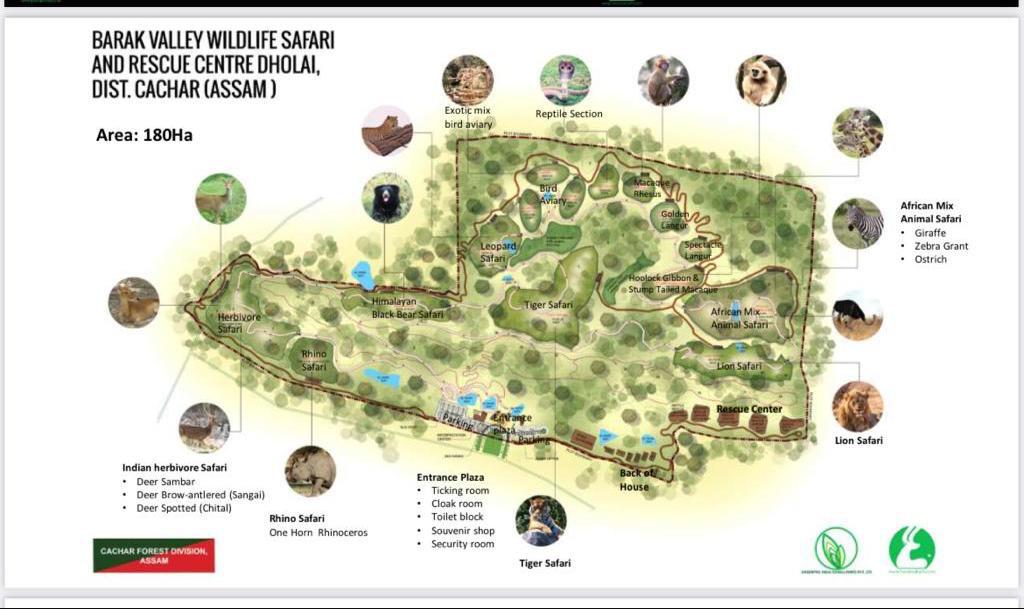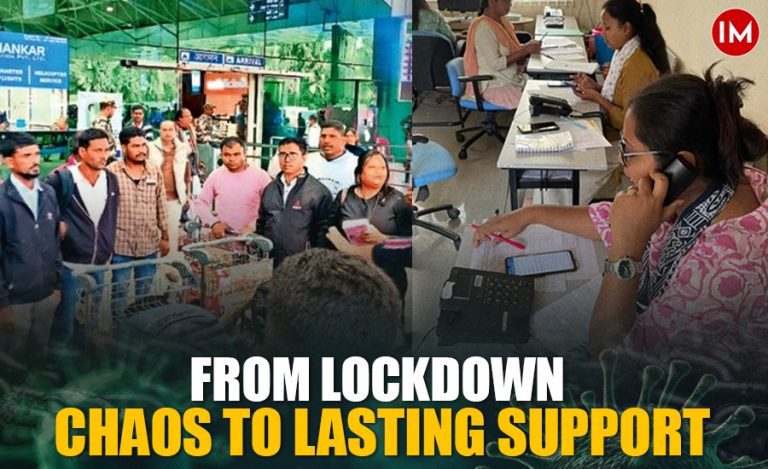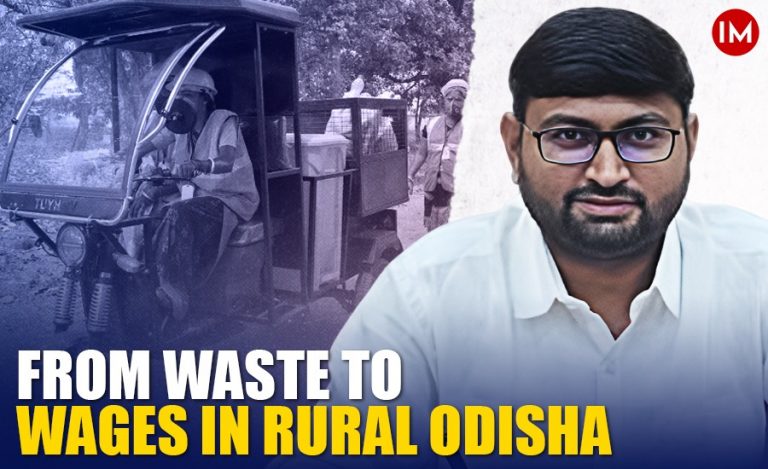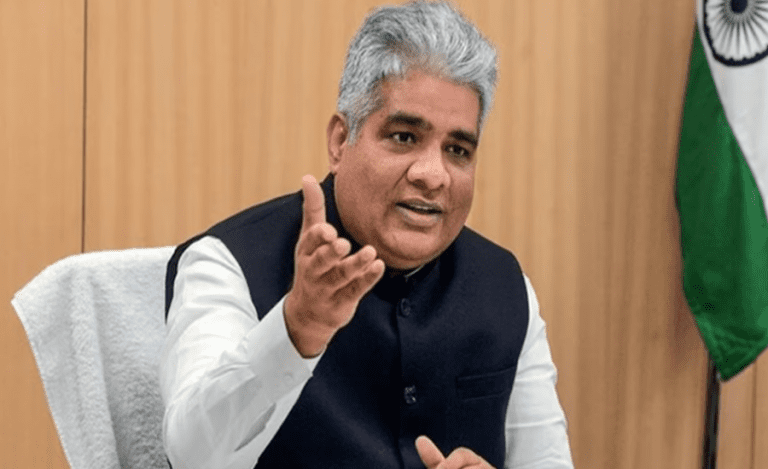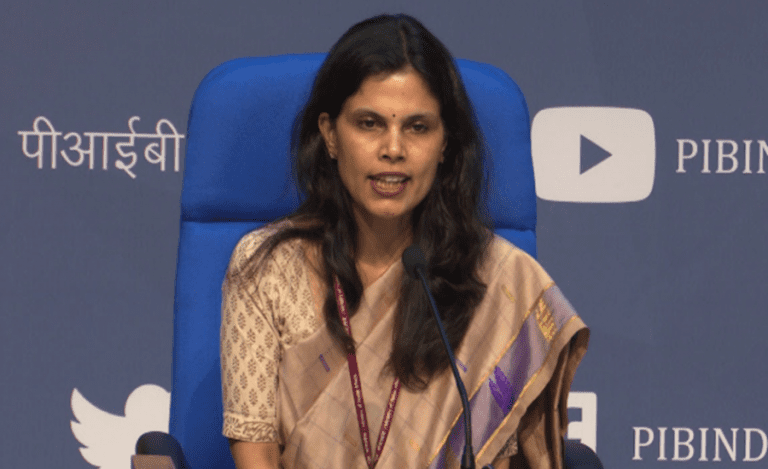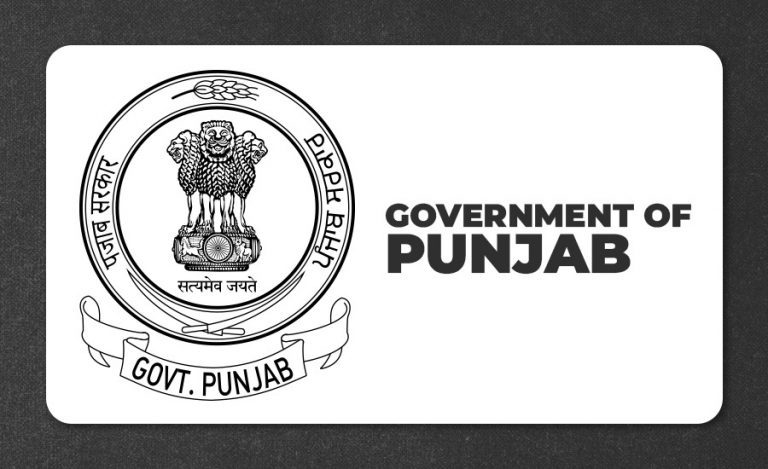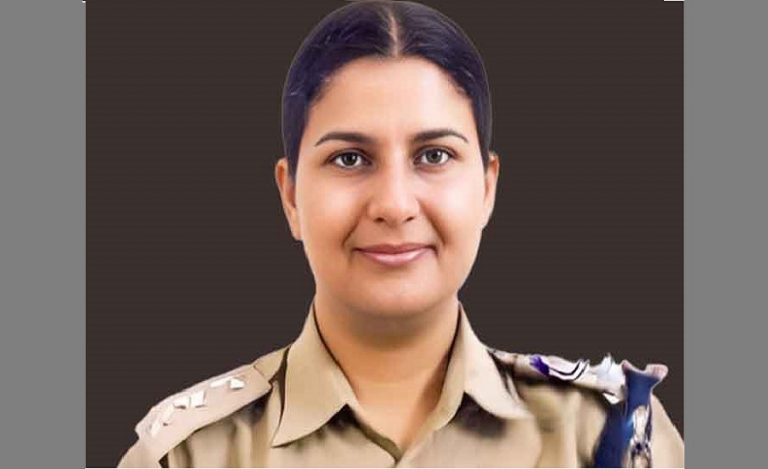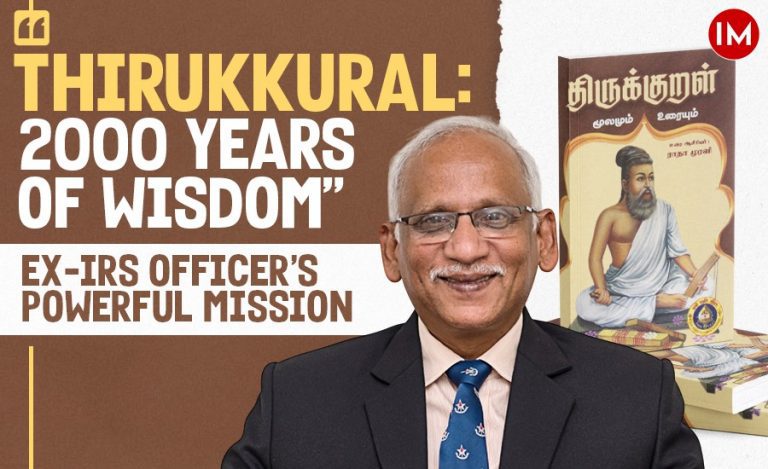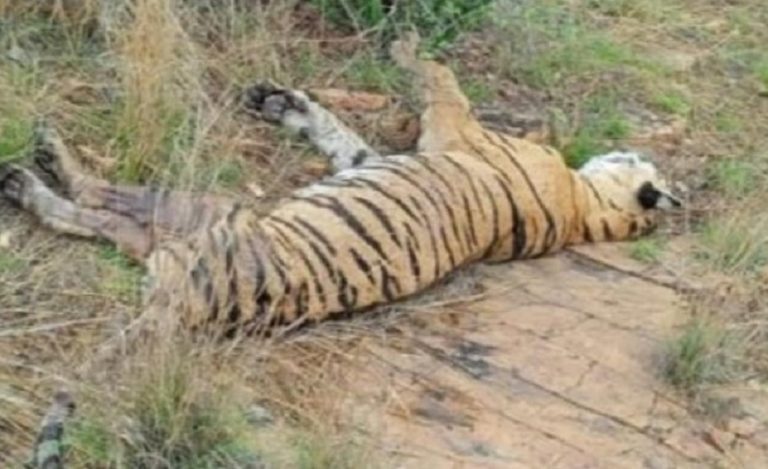When Assam Forest Minister Parimal Suklabaidya tweeted that Chief Minister Dr Himanta Biswa Sarma has approved Rs 214.54 crore for setting up the Cachar wildlife safari cum open zoo, it aroused the curiosity of both wildlife enthusiasts and regular tourists, more so because the concept of an open zoo is still new in India. The minister affirmed that it’s a huge addition to Assam’s rich tourism potential, as it will be the first of its kind in the whole of northeast India.
Cachar is one of the three districts in the Barak Valley division, a region that falls in the southern part of Assam and is named after the Barak River.
Indian Masterminds spoke to Chief Conservator of Forests, Barak Valley, Jatindra Sarma, IFS, and District Forest Officer, Cachar, Tejas Mariswamy, IFS, to get details about the ambitious project.
THE CONCEPT
The open zoo concept offers visitors the opportunity to see wild animals in spacious and landscaped environments that simulate their natural habitats. The Singapore Zoo uses this ‘open concept’ and leaves animals free in settings as natural as possible, giving visitors the impression of seeing the animals in their original habitats.
The Cachar open zoo would also be built on the same lines, keeping it as natural as possible, within demarcated boundaries.

As CCF of Barak Valley, Mr. Jatindra Sarma said, “It will be more of a place for people to come and learn and be inspired by the wonders of nature and wildlife. We will have a herbal garden too, which will have medicinal plants and endemic plants. When people come for safari, they will not just see animals, they will experience Barak Valley biodiversity in its entirety. It will be a nature learning centre.”
DFO, Cachar, Mr. Tejas Mariswamy, said that the traditional zoo concept where animals are kept inside cages are no longer supported by animal lovers, plus there is also the problem of space constraints. “So, we are adopting this new concept. It will be enclosed area utilising the natural landscape, with modifications wherever required, where animals will get sufficiently large space – a micro replication of their natural habitat.”
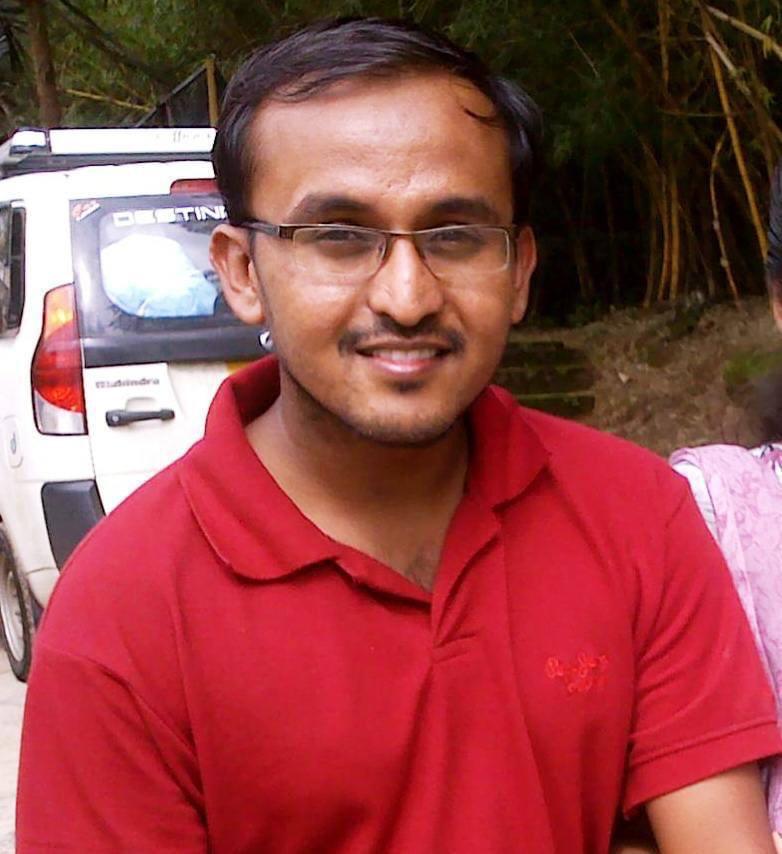
AREA AND ANIMALS
Mr. Mariswamy also informed Indian Masterminds that the total area of the open zoo will be 180 hectares. And within this area, there will be number of different safaris, like carnivore safari, herbivore safari, etc. Whichever animals are compatible and can stay together will be kept together. “For example, African mix animals like the giraffe, zebra and ostrich can stay together. We don’t want single species enclosure unless it’s absolutely necessary, like in the case of the tiger, which must be kept separately. There will be different aviaries, too, for indigenous birds, exotic birds, and so on.”
The animals and birds will be sourced from both within and outside the country. “The primary source will be, of course, the Guwahati Zoo. Lions and deer will be sourced from there. The secondary source is zoos in other states. We will also try to import animals from other countries. But that’s a long process as it’s done under an animal exchange programme. We plan to bring African zebras, giraffes, and ostriches. The climatic conditions of Assam are not too harsh, so any animal can survive here,” the DFO said.
EXPERTS HIRED
A firm called Green Pro International with its India office in Mumbai has been hired for setting it all up. “We will incorporate the latest standards for the safari. For this reason, we have hired this firm with its parent company in Thailand. Secured, enclosed vehicles will be used for safari. It will be a totally different experience for tourists as it will not be in a plain area, but in a hilly terrain,” Mr. Mariswamy said.
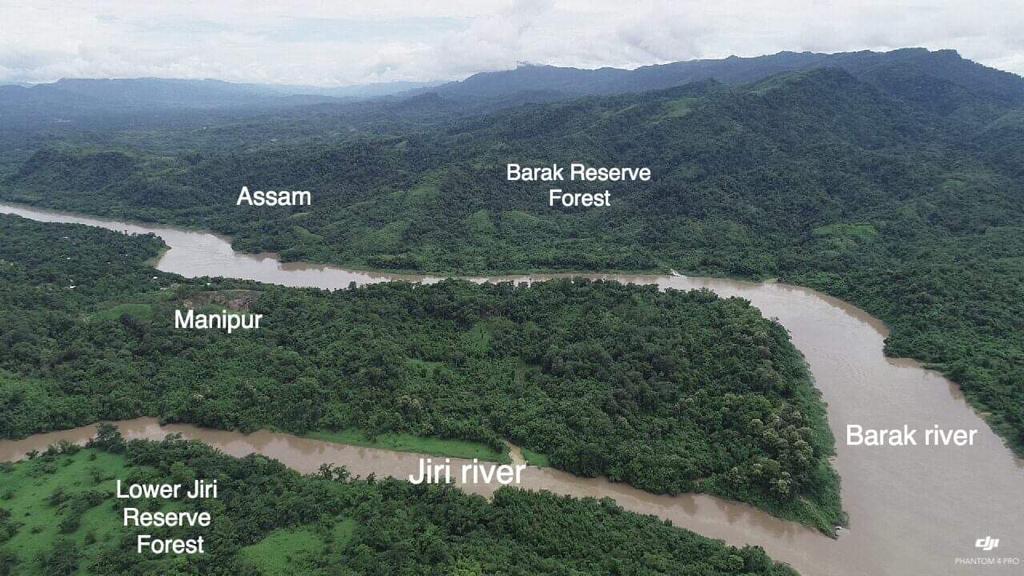
WHOSE BRAINCHILD?
The 2013-batch officer further informed that it was Forest Minister Parimal Suklabaidya who thought of the idea to have a zoo in Barak Valley as people here travel to Guwahati to visit the zoo. The minister also felt that it will give children of the region a chance to see wildlife closely. This is how the idea of the open zoo was born and floated.
OPERATIONAL BY 2026-2027
Currently, the Cachar forest division is implementing the project. It’s a five-year plan. “During this timeline, the modalities of the project will be chalked out and worked upon. It will be fully operational by financial year 2026-2027. But, yes, it can be operational at a little early stage, too. We can start the deer section early as we can bring them easily from the Guwahati Zoo,” Mr. Mariswamy said.
LOOKING AHEAD
CCF Jatindra Sarma told Indian Masterminds, “We also plan to incorporate naturopathy and a yoga centre. This will give a whole new dimension to the project. Tourists will have the whole gamut of nature holiday experiences under one umbrella.” He also revealed that there is a proposal for a wildlife sanctuary in the region, too.
“Barak Valley has a lot of biodiversity. It’s time we educate the children about them. If they learn from childhood, we will have more sensitised adults tomorrow. That will greatly help in conservation,” he said in conclusion.

